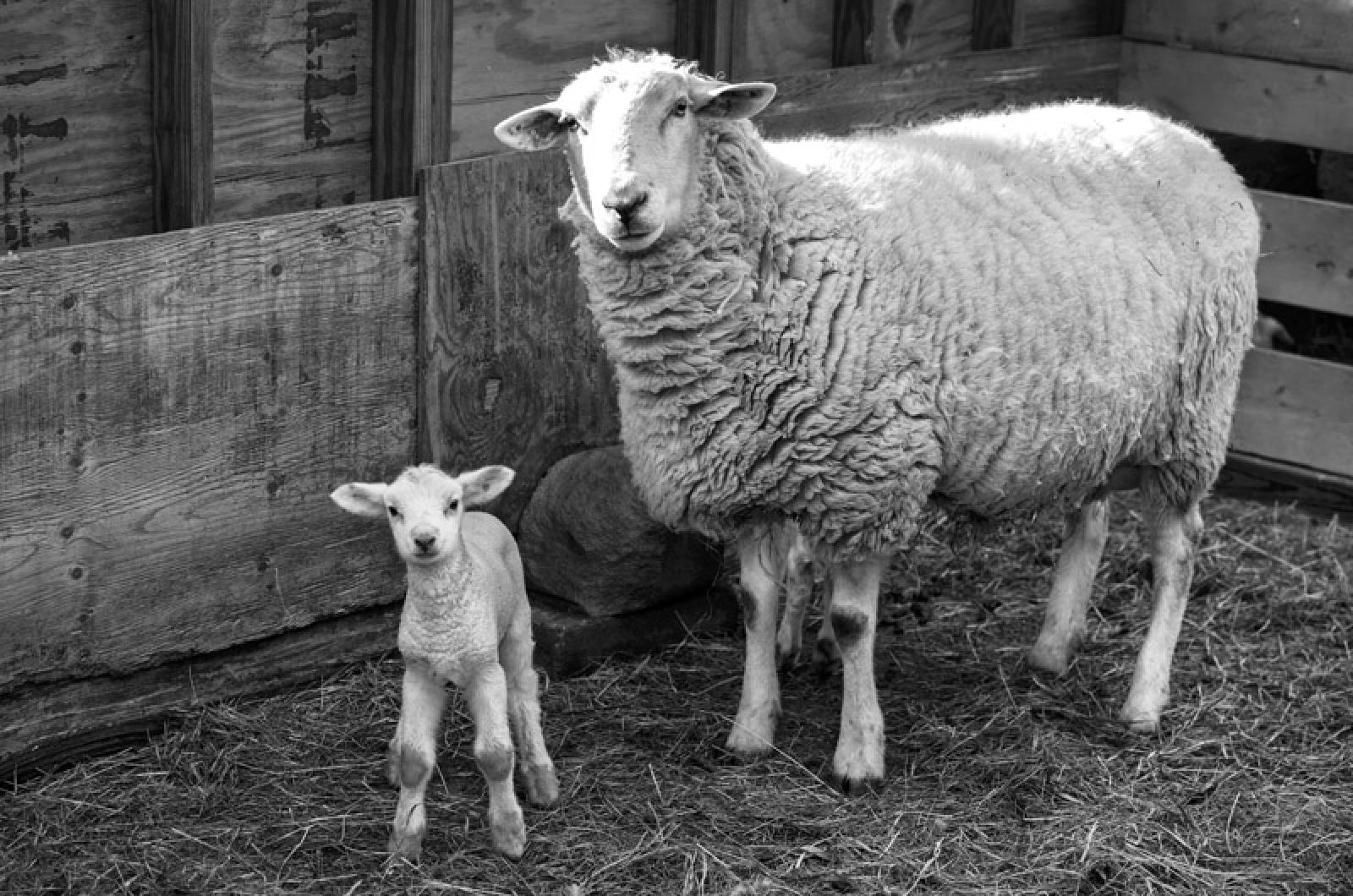From the March 17, 1972 edition of the Vineyard Gazette:
Spring fever is closely allied to wanderlust, and we who experience the awakening pulse in all its wide range and differing intensities, yet prefer to stay at home, may remind ourselves that there is no foreign country one can reach so easily as walking downtown in an early March morning. As Thoreau traveled a good deal in Concord, so may all of us embark on worth while journeys, yet be at home on time for lunch and again for dinner.
The foreign status of downtown — or for that matter of any changeling region of the new season — is not alien, but a sensitive observer finds it genuine nevertheless. New truths lie exposed to the slowly hanging moon and to the sun rising in its latest move over toward the traditional east.
Bird watching is useful and rewarding when spring has fairly come, but so is such other watching as of migrations downtown. Who is here, who is sweeping what sidewalk this morning, where does the first gilt creep across the rims of buildings? Green, of course, is the color of spring, but blue is also to be celebrated in the longer days of March. Green must wait upon processes of growth. Blue is revealed spontaneously in the arch of the sky, fresh, new blue, withheld from no one, as free overhead downtown as abroad in the countryside. Look around, but on no account fail to look up!

Land, says Russell Train, chairman of the Council on Environmental Quality, is our most valuable resource. He intends these words in more than one meaning, ranging from immediate dollars and cents price to the means of survival. On the Vineyard there is the added factor of tradition and common heritage. Some land, no doubt is just land.
But Waldron’s Bottom — that region, though taken for granted, is distinguished in history. It was named for Thomas Waldron, West Tisbury miller, who married Mary, daughter of the fiery Simon Athearn, and had a path or road across the plain.
Like Deep Bottom, Quanoeche and others, Waldron’s is a trough leading seaward and ending in a great pond formed by the filling in of the mouth of the bottom and subsequent erection of a barrier beach. Barbara Blau Chamberlain, our latest authority, says simply that the troughs or bottoms were stream beds, and that their size reflects the tremendous flow of water from melting glacial ice.
Shaler was certain that the streams had flowed under the ice because “their floors are generally more irregular than those of any ordinary stream could be. Nor do they have the distinct banks common to all land streams. The only explanation which can be given of these troughs is that they were channels through which the subglacial streams found their way seaward.”
Today the bottoms are empty of water but accommodate streams of air instead, offering gradients of temperature having much to do with the way the natural Island draws its breath.
The Vineyard is grateful to the purchaser of the Waldron’s Bottom acres, Mr. Boldt, for his assurance that there will be a rural look always, a real Nip ‘n’ Tuck Farm effect — well chosen phrase! Such aims are cordially welcomed.

Only the Nantucket flower books supply the name “boxberry,” an ancient one on the Vineyard also, for the small evergreen plant of half-shaded glades and hillsides known botanically as gaultheria procumbens. The scientific christening was in honor of Dr. Gaultier, a naturalist and court physician in Quebec long ago, and, descriptively, in recognition of the plant’s procumbent, almost prostrate habit.
The timeliness of mention this small plant and its bright red berry, two or three dangling together, is that walkers on a March day may come across the spring cheeriness of its evergreen mood. At first glance the berry seems a bounty of the new season, but wait a minute — it is, of course, left over from last fall, retaining a refrigerated freshness with the taste of wintergreen or checkerberry or mountain tea — names often used elsewhere according to regional or neighborhood preference.
Between now and summer, the boxberry’s new leaves will appear, russet or even pinkly tinged, and these were called “drunkards,” by Islanders of generations past. They would nibble and chew these tender, fresh leaves for their “deliciously spicy flavor (one encountered in commercial products — toothpaste, for instance).” The quotation is from the Nantucket guide by Alice Albertson Shurrocks who lists no fewer than 27 popular names for a plant which, though so small and procumbent, is sturdy enough to bear them all, or even more.
Canadian tea, chickenberry, deerberry, ground berry, grouse berry, redberry tea, wax cluster, hillberry, ivory-plumb — so the list runs. The spring leaves or “drunkards” were in old times used as substitutes for tea, and why not? Meantime, walkers abroad will pleasure themselves this month by going where the boxberries used to grow and, in their loyal habit, still do.
Compiled by Hilary Wall
library@mvgazette.com




Comments
Comment policy »